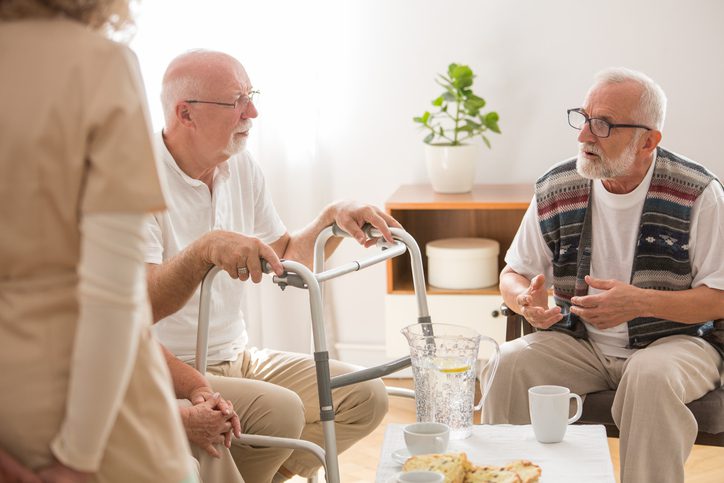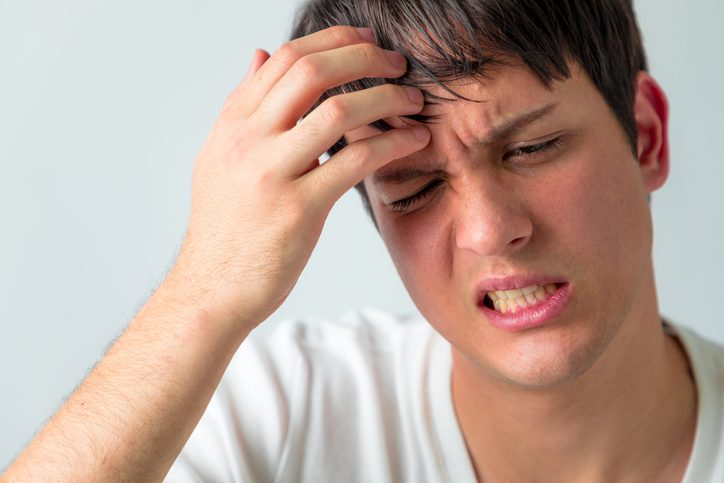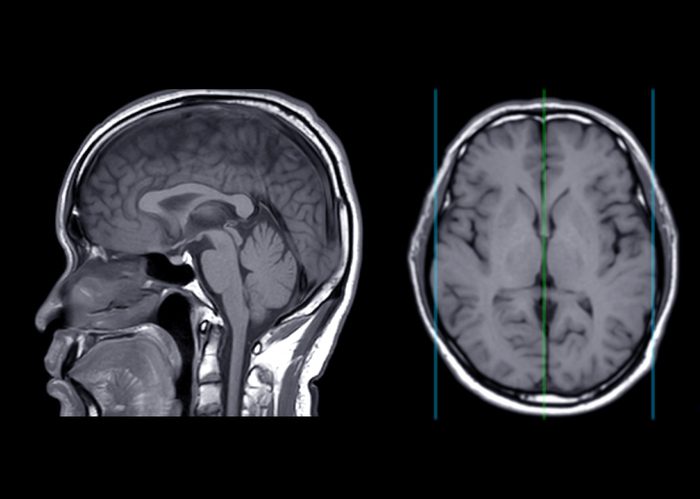Do you know someone who is suffering from a stroke or are you experiencing stroke symptoms?
Early detection and proper treatment methods can make a significant difference in recovery.
Introduction: Understanding Stroke and Its Impacts
A stroke occurs when blood supply to a part of the brain is disrupted or when a brain hemorrhage occurs. It requires swift medical action and can lead to long-lasting disabilities, such as physical impairment and cognitive dysfunction. However, with proper treatment methods, stroke patients can recover and lead a normal life.
Table of Contents
- Early Diagnosis: The Crucial First Step
- Ischemic Stroke Treatment Methods
- Hemorrhagic Stroke Treatment Methods
- Medications for Stroke Treatment
- Stroke Rehabilitation and Physical Therapy
- Lifestyle Changes for Stroke Prevention

1. Early Diagnosis: The Crucial First Step
Swift diagnosis is essential for effective stroke treatment. It is accomplished through quick evaluation and action using various medical tests:
- Physical and neurological examination
- Blood tests to check clotting and other factors
- CT or MRI scans for brain imaging
- Magnetic Resonance Angiography (MRA)
- Carotid ultrasound
- Cardiac tests (EKG and Cardiac echocardiogram)
2. Ischemic Stroke Treatment Methods
Ischemic stroke accounts for about 87% of all strokes and is caused by a blocked artery. Treatment methods include:
- Thrombolytic therapy: Administering clot-dissolving drugs, such as tissue plasminogen activator (tPA), can help open up the blocked artery and restore blood flow.
- Antiplatelet and Anticoagulation medications: Drugs that prevent blood clotting, such as aspirin, can help reduce the risk of ischemic strokes.
- Endovascular procedures: Catheter-based clot removal uses catheters to remove the clot, and endovascular reperfusion therapy opens blocked blood vessels to restore blood flow.

3. Hemorrhagic Stroke Treatment Methods
For hemorrhagic strokes caused by brain bleeding, treatment options can include:
- Blood pressure management: Medications that control blood pressure are administered.
- Surgical intervention: Surgery may be recommended depending on the cause, which may involve repairing the damaged blood vessel, removing excess blood, or relieving pressure on the brain.
- Coiling and Clipping: These methods are used to treat brain aneurysms and prevent ruptures.
Related Links
Link 1: Stroke Association – Ischemic and Hemorrhagic Stroke Treatments
Link 2: Mayo Clinic – Understanding Stroke Treatment Options

4. Medications for Stroke Treatment
Doctors may prescribe various medications for stroke treatment:
- Thrombolytic therapy drugs: Clot-busting drugs like tPA can be administered intravenously or through catheters.
- Anticoagulants: Thinning the blood and helping prevent clot formation internally.
- Antiplatelet drugs: Aspirin, clopidogrel, and ticagrelor, which help prevent clots.
- Antihypertensive drugs: These are used in both ischemic and hemorrhagic strokes to help manage high blood pressure.
- Statins: Cholesterol-lowering drugs that help reduce complications and the risk of recurrent strokes.
5. Stroke Rehabilitation and Physical Therapy
Stroke rehabilitation aims to restore the patients’ quality of life and functional rehabilitation in case of disability.
This includes a multidisciplinary approach from a team of professionals, such as doctors, nurses, occupational therapists, physical therapists, and speech therapists. Key aspects of stroke rehabilitation include:
- Physical therapy: Restores muscle strength, balance, and coordination.
- Occupational therapy: Helps relearn daily activities and promotes independent living.
- Speech therapy: Helps stroke survivors regain communication skills and addresses issues such as pronunciation or language difficulties.
- Cognitive therapy: Enhances memory and thinking skills and provides strategies for coping with problems.

6. Lifestyle Changes for Stroke Prevention
Implementing lifestyle changes is essential to reduce the risk of stroke recurrence and promote overall health:
- Adopt a healthy diet
- Engage in regular physical activity
- Maintain a healthy weight
- Limit alcohol consumption
- Quit smoking
- Manage stress and maintain a positive mental state
Through early intervention, proper treatment methods, and lifestyle changes, stroke patients can achieve full recovery and minimize the long-term impacts of stroke. Share this guide with friends and family to raise awareness of stroke treatment and recovery.




Leave a Reply